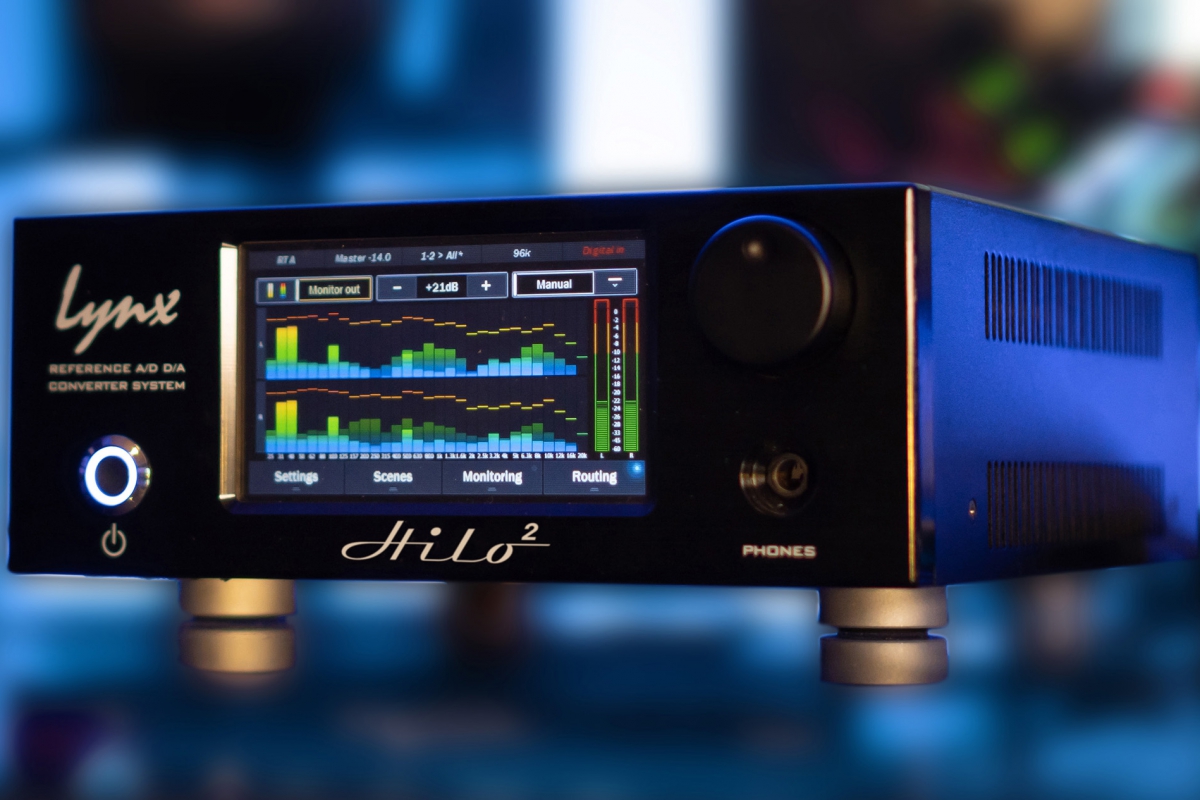1) The RME has a five-band parametric equalizer. I use it, although not with a full-fledged room correction hardware and software kit. I look at the frequency response curve of the speakers and get to desired settings by trial and error listening.
2) The RME has a high-quality digital volume control, a balance control, a stereo/mono control, etc.
Since most of my music is digital streams and files, I need some kind of DAC. The RME hits an excellent quality/features/price point for me.
So, why the tube preamp? As you observe, we all have our preferences. Just as people bend the sound with treble and bass and such, so does the preamp. Considering that someone mixed the recording, and considering that no listening room duplicates the concert hall or studio environment, it seems to me that "fidelity" is a squishy notion. To be sure, measurements of things like harmonic distortion will show more of it with the preamp in the signal chain. Well, the harmonic distribution changes throughout the whole process of making, recording, mixing, and reproducing music.


